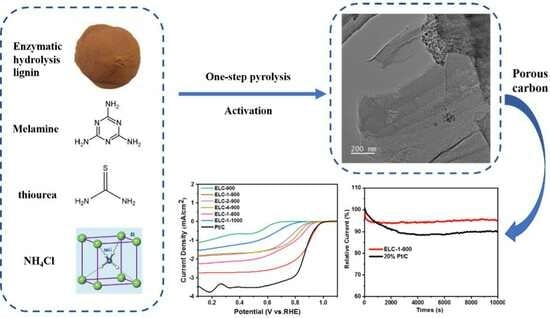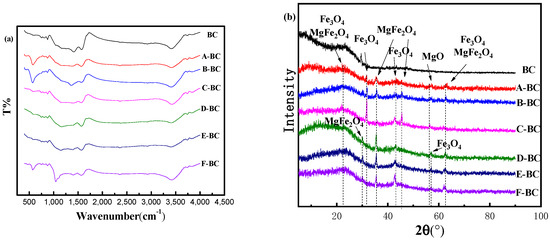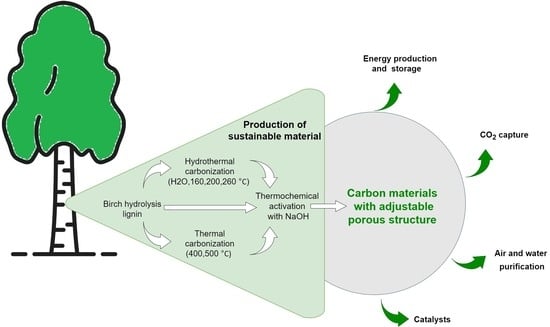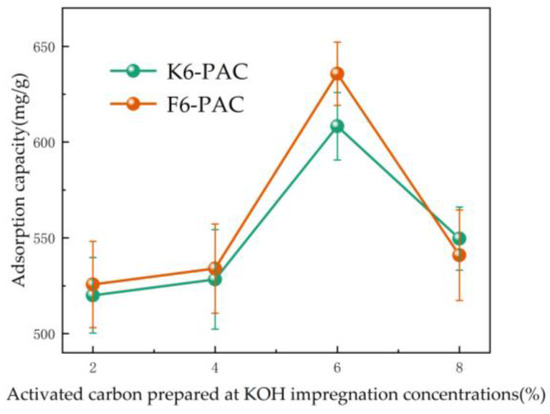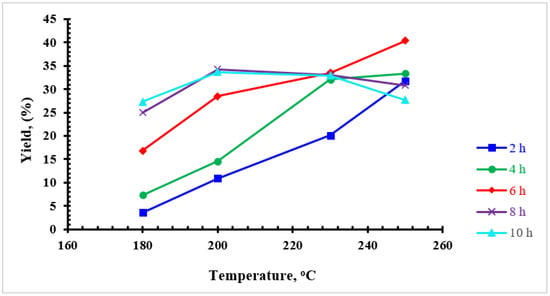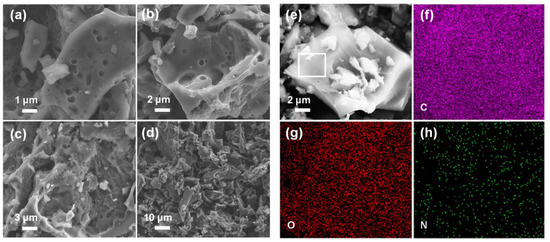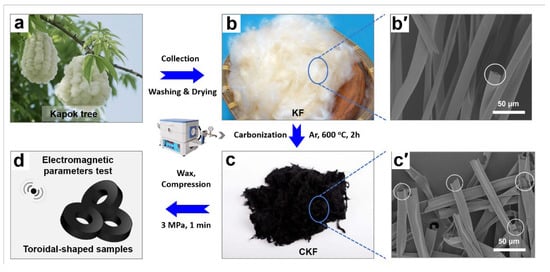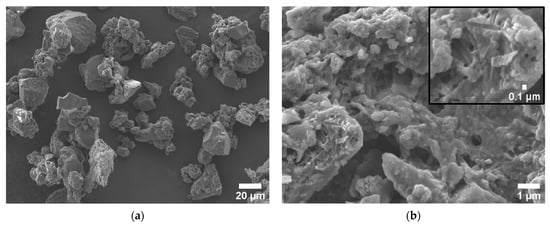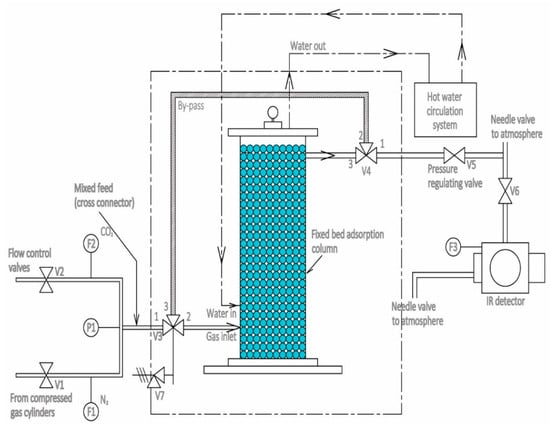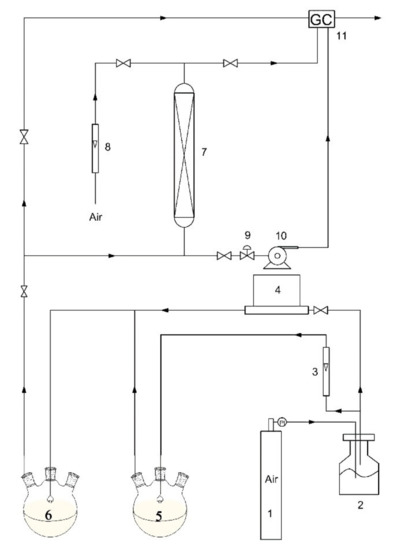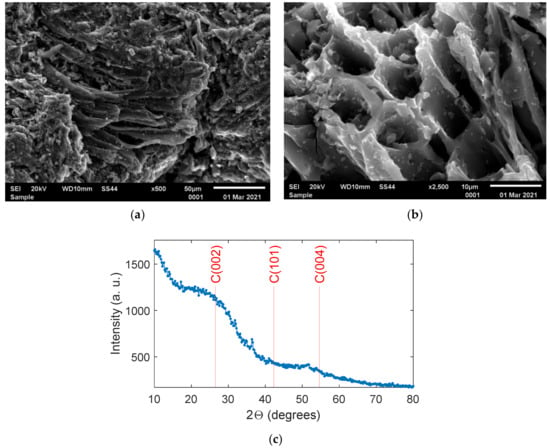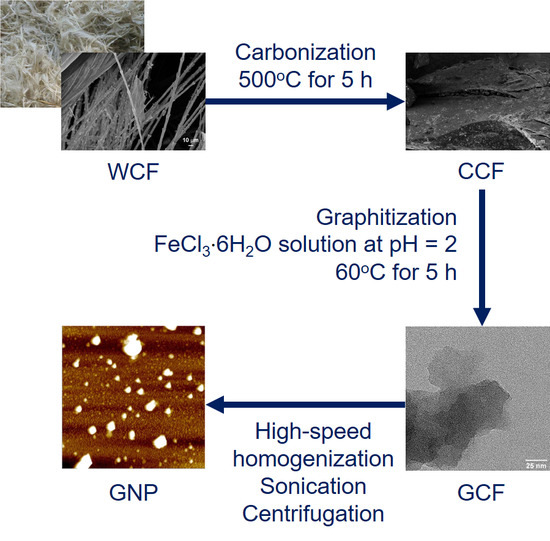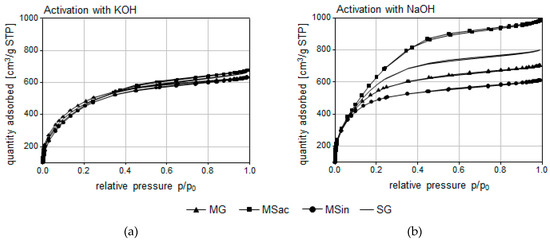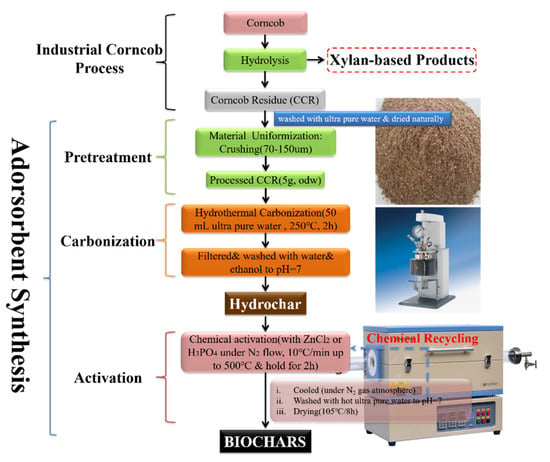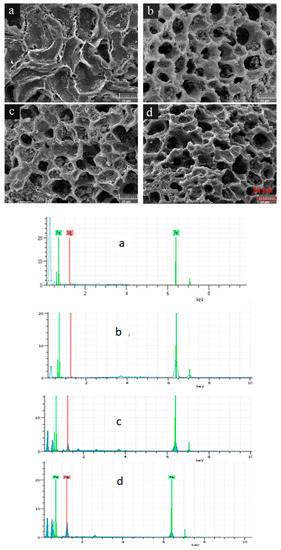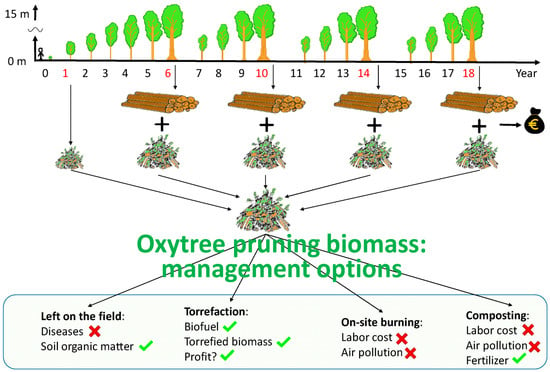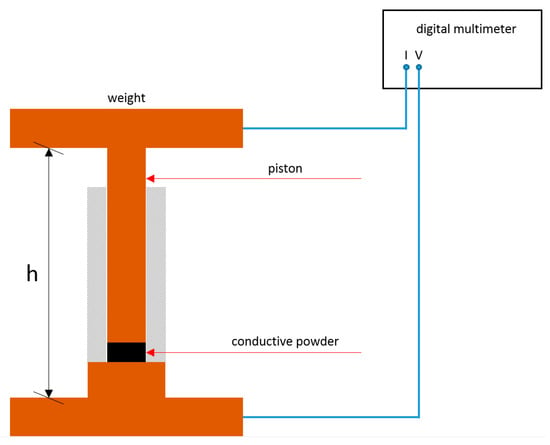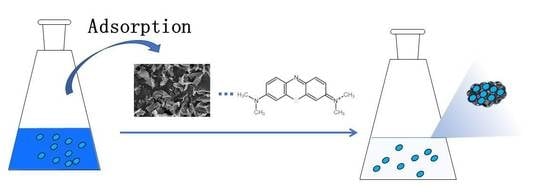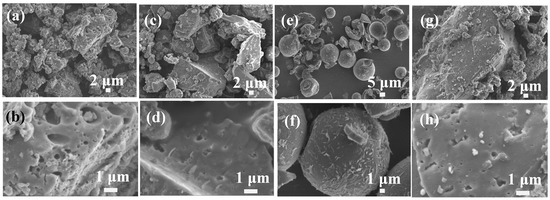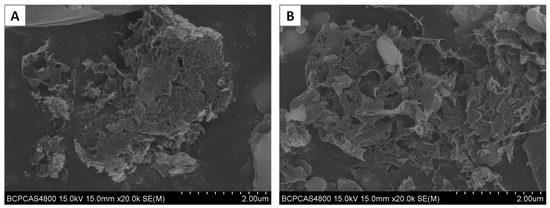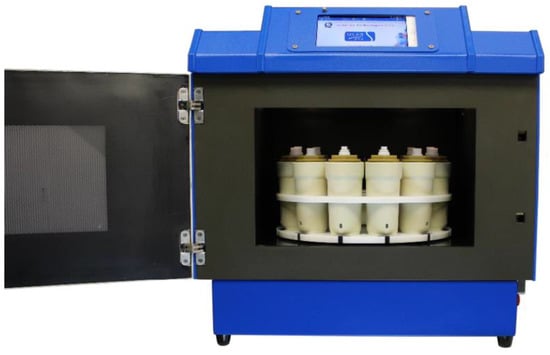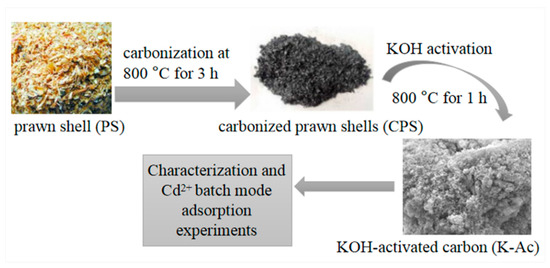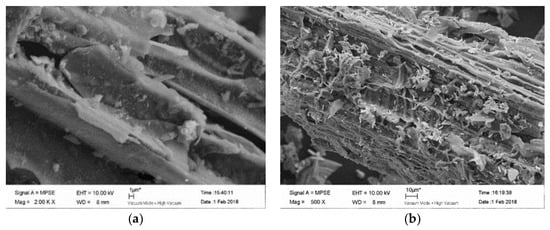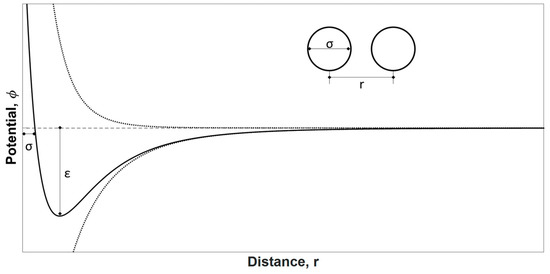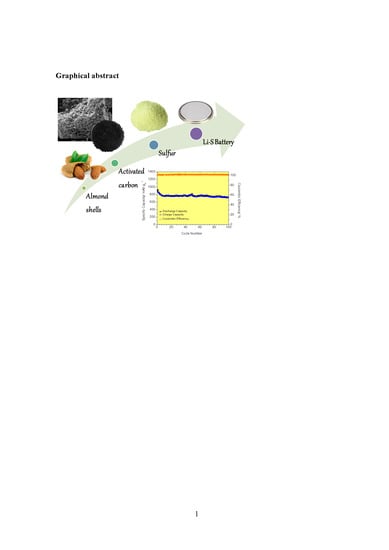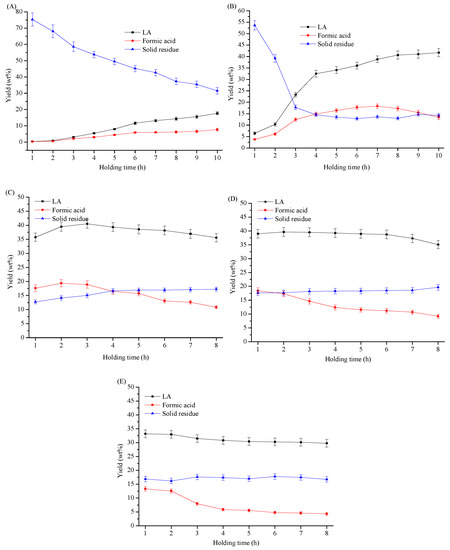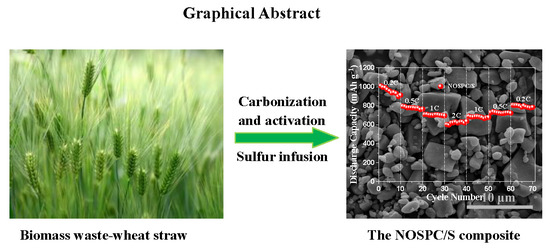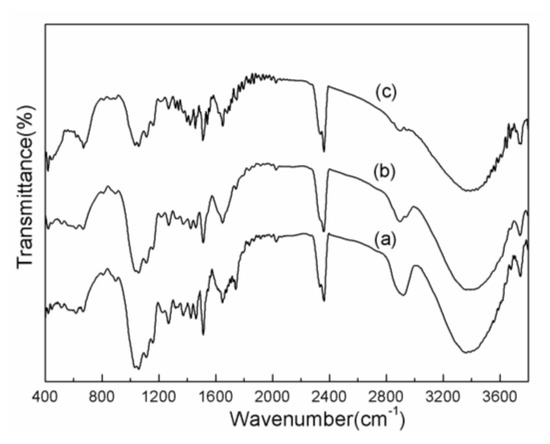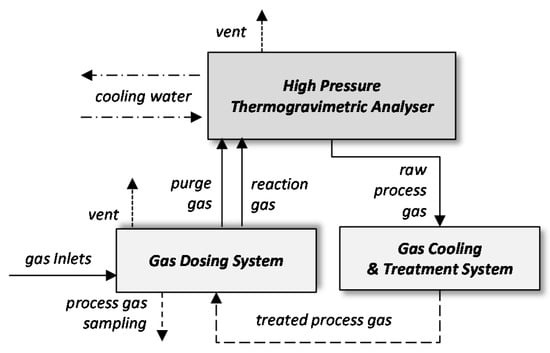Advanced Biomass-Derived Carbon Materials
A topical collection in Materials (ISSN 1996-1944). This collection belongs to the section "Carbon Materials".
Viewed by 109784Editor
Interests: hydrothermal carbonization; carbon materials; platform-chemicals from biomass; nutrient recovery; hydrothermal conversion; hydrothermal liquefaction; hydrothermal gasification; hydrothermal pretreatment
Special Issues, Collections and Topics in MDPI journals
Topical Collection Information
Dear Colleagues,
Fossil oils are a limited resource, not only for energy production, but also as basis for the production of materials. On the other hand, what really provokes research in biomass-derived carbon materials, is the following goal: The development of novel, sustainable materials produced based on the molecular structures available in nature. The materials should be produced in sustainable way and independent on fossil resources. We need new materials, e.g., in view of e-mobility, with better properties and not too high price. For this we need fundamental knowledge about the chemical basics, about the formation and structure-properties relation, but also about the production of such materials.
This Special Issue should include the most recent and innovative work in the field of biomass-derived carbon materials and cover fundamental to applied research.
Prof. Andrea Kruse
Guest Editor
Manuscript Submission Information
Manuscripts should be submitted online at www.mdpi.com by registering and logging in to this website. Once you are registered, click here to go to the submission form. Manuscripts can be submitted until the deadline. All submissions that pass pre-check are peer-reviewed. Accepted papers will be published continuously in the journal (as soon as accepted) and will be listed together on the collection website. Research articles, review articles as well as short communications are invited. For planned papers, a title and short abstract (about 100 words) can be sent to the Editorial Office for announcement on this website.
Submitted manuscripts should not have been published previously, nor be under consideration for publication elsewhere (except conference proceedings papers). All manuscripts are thoroughly refereed through a single-blind peer-review process. A guide for authors and other relevant information for submission of manuscripts is available on the Instructions for Authors page. Materials is an international peer-reviewed open access semimonthly journal published by MDPI.
Please visit the Instructions for Authors page before submitting a manuscript. The Article Processing Charge (APC) for publication in this open access journal is 2600 CHF (Swiss Francs). Submitted papers should be well formatted and use good English. Authors may use MDPI's English editing service prior to publication or during author revisions.
Keywords
- Carbonization
- activation
- activated carbon
- biochar
- biocoal
- pyrolysis
- hydrothermal
- carbon materials
- hydrochar






